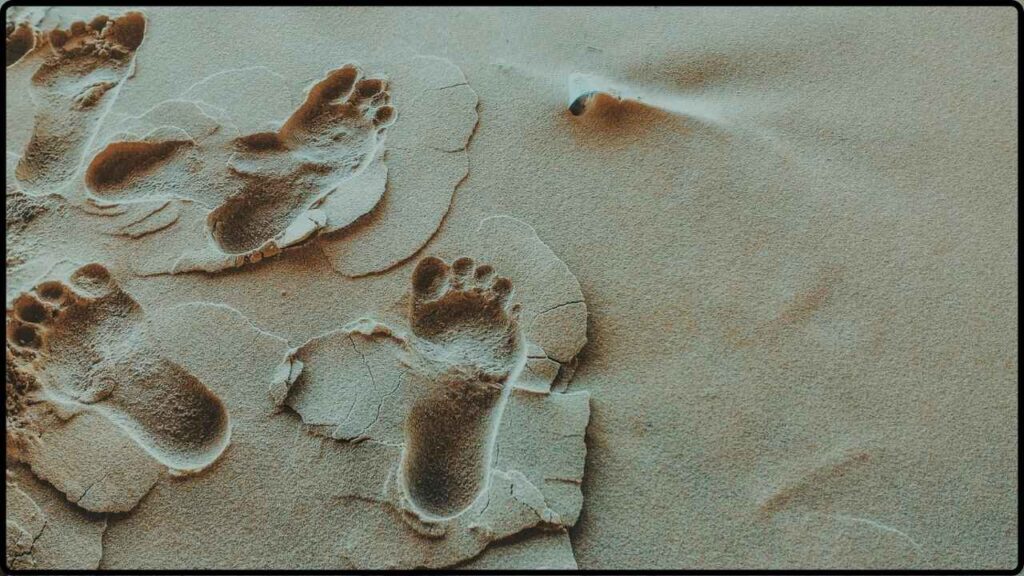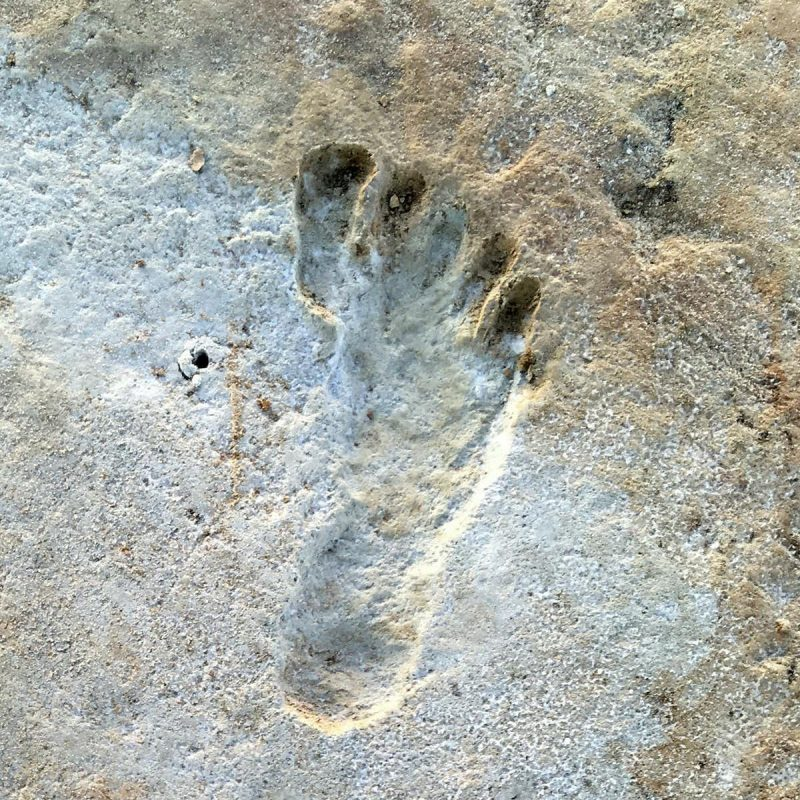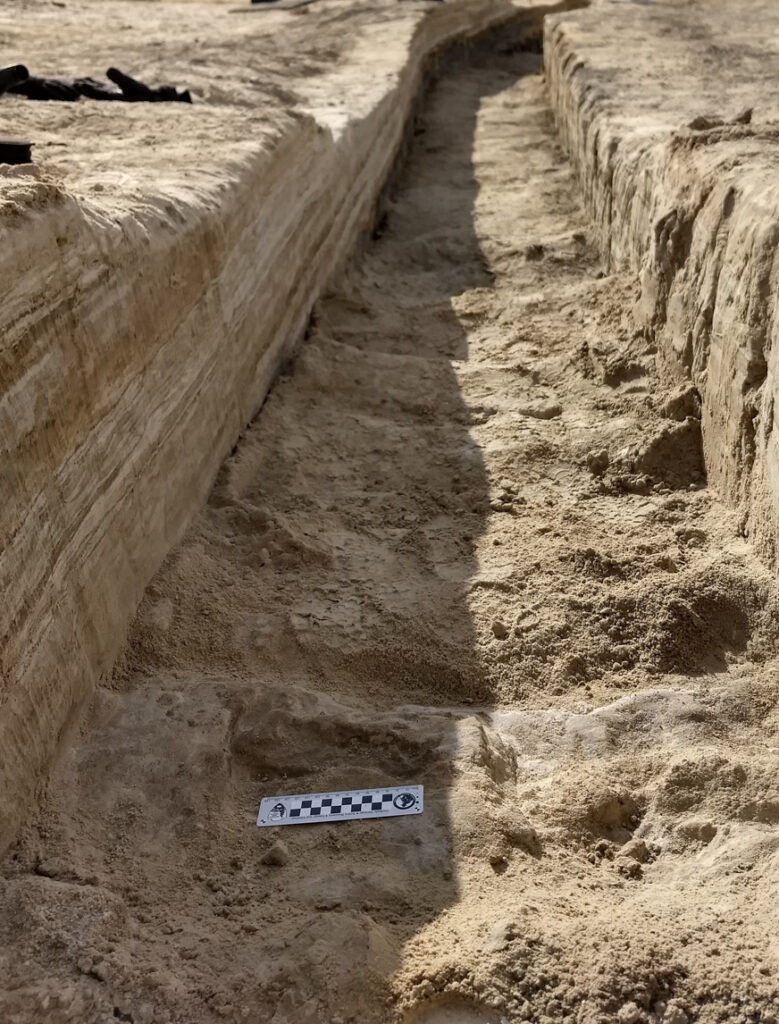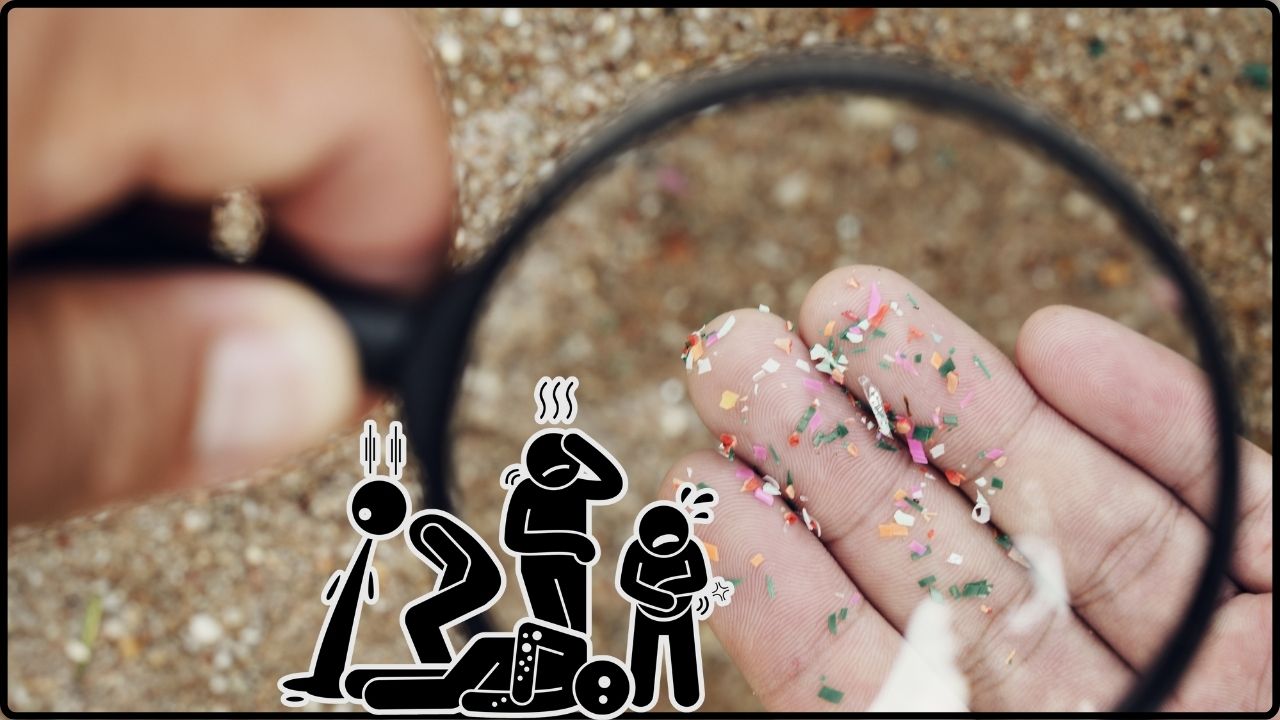
White Sands Footprints Proven to Be Far Older Than Previously Believed: In a monumental development that’s rewriting the story of human migration into the Americas, scientists have officially confirmed that the White Sands footprints—first discovered in New Mexico in 2021—are more than 21,000 years old. This isn’t just another archaeological update. It’s a full-on history shake-up, one that challenges conventional theories and affirms Indigenous oral traditions that have long claimed ancient roots in the Americas.
The confirmation comes after years of debate among experts, new testing methods, and collaborative studies from top scientists and federal agencies. With fresh evidence released in mid-2025, these footprints are now the oldest direct human traces ever found in North America. And perhaps most importantly, they give voice to a story that Native peoples have been telling for generations.
White Sands Footprints Proven to Be Far Older Than Previously Believed
The White Sands footprints aren’t just old—they’re revolutionary. They push the human timeline in North America further back than previously believed and breathe new life into stories that Indigenous people have carried for millennia. This discovery reminds us that history isn’t written in books alone—it’s etched in the earth, preserved in sand, and echoed in stories that have stood the test of time. As science continues to uncover humanity’s past, the real takeaway is this: The ground beneath our feet holds more secrets than we ever imagined.
| Topic | Details |
|---|---|
| Location | White Sands National Park, NM |
| Discovery Year | 2021, confirmed in 2025 |
| Confirmed Age | 20,700 – 23,000 years |
| Dating Methods | Radiocarbon dating of terrestrial pollen, ditchweed seeds, and lakebed sediment |
| Lead Institutions | USGS, National Park Service, Bournemouth University |
| Significance | Overturns previous 13,000-year migration theory |
| Cultural Relevance | Supports Native American oral histories |
| Keywords | White Sands footprints, earliest Americans, human migration, Ice Age humans |
| Official Source | USGS.gov |
What Are the White Sands Footprints?
Discovered in the shimmering gypsum dunes of White Sands National Park, these fossilized footprints aren’t scattered impressions—they’re a sequence. These trails show teens and even toddlers walking back and forth across what was once a lakeshore. The ground was muddy back then, and their footprints sank deep into the soft surface. Over time, layers of sediment preserved them, like pages in a natural history book.
The tracks go on for miles in some areas, weaving between prints from mammoths, giant ground sloths, and other Ice Age animals. These aren’t just remnants; they’re snapshots of ancient lives. They tell a story of movement, survival, and community.

A World Frozen in Time
To understand how significant this discovery is, you have to picture the world as it was 23,000 years ago.
During this period, known as the Last Glacial Maximum, temperatures were drastically lower. Massive ice sheets covered much of Canada and the northern U.S. Sea levels were over 400 feet lower. The region we now know as New Mexico looked very different—lush grasslands, seasonal wetlands, and cooler, wetter weather offered a livable environment in an otherwise harsh world.
And even then, humans were here.
They likely traveled in small, mobile groups. They foraged, hunted, and perhaps even had spiritual or cultural reasons for their movements. What’s clear is that they left behind not just footprints, but questions—questions that scientists are still working to answer.
The Timeline Controversy
For decades, archaeologists believed that humans came into North America about 13,000 years ago, crossing the Bering Land Bridge from Asia and forming what we call the Clovis culture. But the White Sands footprints are at least 7,000 years older than that.
That’s a big deal.
When these footprints were first dated in 2021 using radiocarbon analysis of Ruppia (a kind of ditchweed seed), some experts were skeptical. They argued that aquatic plants might absorb ancient carbon, throwing off the test results. Critics said more proof was needed.
Now, in a 2025 study published in Science, a different kind of test was used. This time, scientists dated terrestrial pollen—plants that don’t absorb carbon from lakes or rivers—and lakebed sediments using multiple labs across the U.S. The result? The same age range: 20,700 to 23,000 years.
In scientific terms, that’s called independent verification. In plain English? Case closed.
The Role of Native American Knowledge
For Native American communities, this isn’t just a scientific update—it’s validation. Indigenous nations across the Americas have long told stories of ancient origins in this land. For many, these footprints are more than evidence; they’re ancestral echoes.
Mary Yazzie, an elder of the Diné (Navajo) Nation, put it this way:
“We’ve always said we’ve been here since the beginning. These tracks in the sand? They’re not news to us—they’re family.”
The discovery serves as a powerful bridge between Western science and Indigenous knowledge systems, encouraging collaboration, respect, and new avenues for shared learning.
How the Scientists Did It?

Here’s how the scientific process unfolded, step by step:
- Initial Discovery (2016–2021): Researchers began excavating sediment layers at White Sands and identified multiple human trackways.
- First Round of Testing (2021): Radiocarbon dating of ditchweed seeds revealed a date range of 21,000–23,000 years.
- Skepticism Emerged: Some experts suggested the freshwater carbon effect might distort results.
- New Materials Collected (2023–2024): Scientists sampled terrestrial pollen and dry sediment layers that had no aquatic carbon sources.
- Multi-Lab Testing: Results were replicated at three different radiocarbon labs, all confirming the original age.
- Publication and Peer Review (2025): The findings were published in Science, one of the most respected scientific journals.
A Broader Scientific Impact
This confirmation does more than push back a date on a timeline—it challenges archaeologists, anthropologists, and geneticists to revisit everything they thought they knew.
- New Hypotheses: Researchers now believe humans may have arrived via coastal routes or ice-free corridors far earlier than once thought.
- Early Settlement Patterns: Scientists are now searching for campsites, tools, or remains to paint a fuller picture.
- Cross-Disciplinary Interest: Genetic studies, climate models, and Indigenous oral histories are being reanalyzed with fresh eyes.
Practical Applications for Educators, Scientists, and the Public

For educators:
Update curriculum materials to reflect this new discovery. It offers a perfect case study in scientific process, cultural respect, and the evolving nature of knowledge.
For scientists:
Use these findings to reevaluate early sites once dismissed as “too old.” Collaborate with Indigenous communities to contextualize discoveries in meaningful ways.
For the public:
Plan a visit to White Sands National Park. Learn about ongoing excavation efforts, and consider supporting park conservation efforts.
Glossary of Key Terms
| Term | Meaning |
|---|---|
| Radiocarbon Dating | A method for determining the age of organic material by measuring its carbon-14 content. |
| Terrestrial Pollen | Pollen from land-based plants, useful for dating soil layers. |
| Last Glacial Maximum | The peak of the last Ice Age, about 23,000 years ago. |
| Clovis Culture | Once thought to represent the first human presence in North America (13,000 years ago). |
| Oral Tradition | Stories, history, and knowledge passed down through generations by word of mouth. |
Not Just Legends; This French Royal Castle Holds the Most Terrifying Secrets Ever Uncovered
Not Gold, Not Platinum—This Man’s Mysterious Rock Was Worth More Than Both and Came from Space
Not Gold, Not Copper—Egyptians Used Iron From Space in Sacred Objects, New Study Reveals











